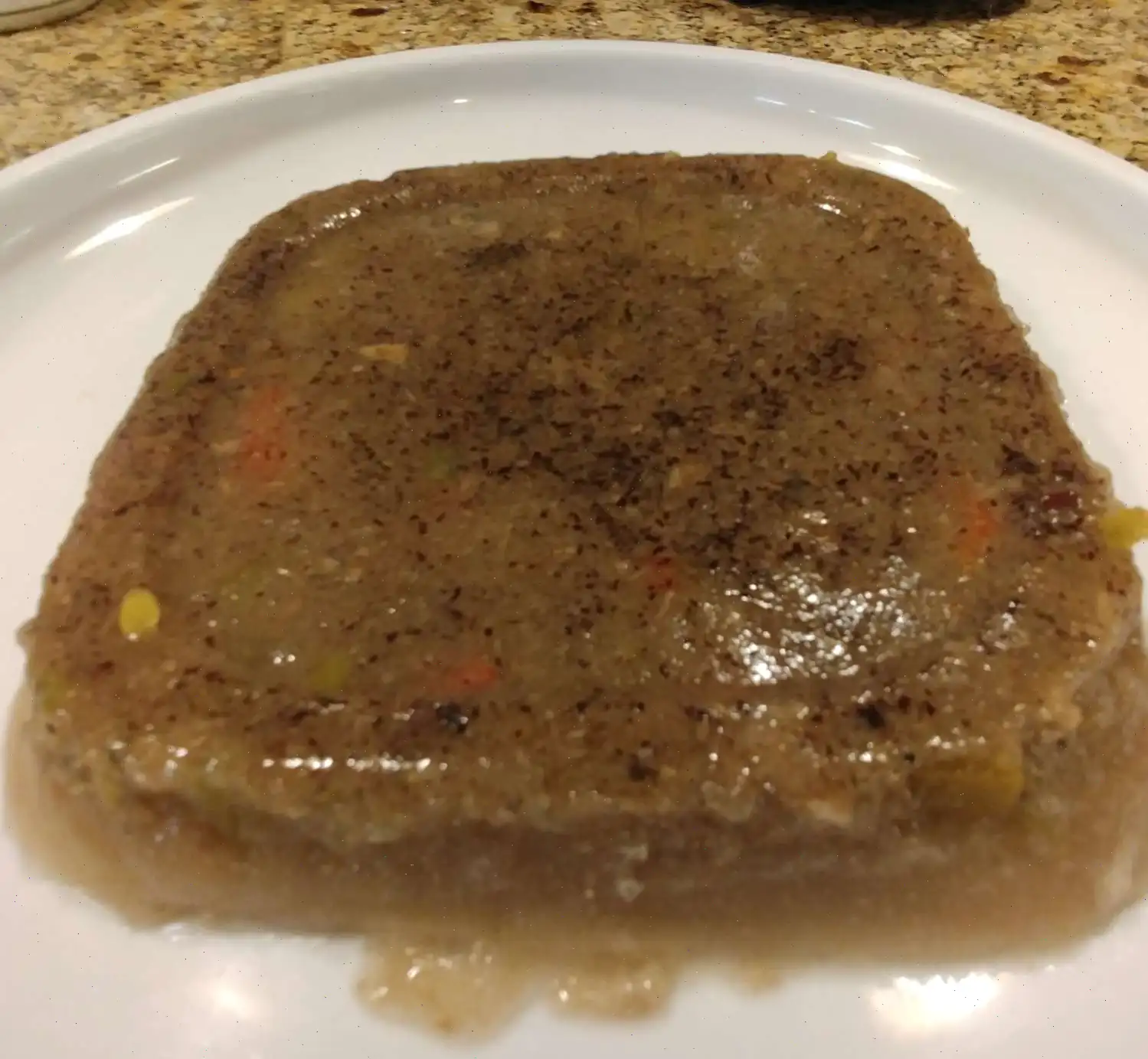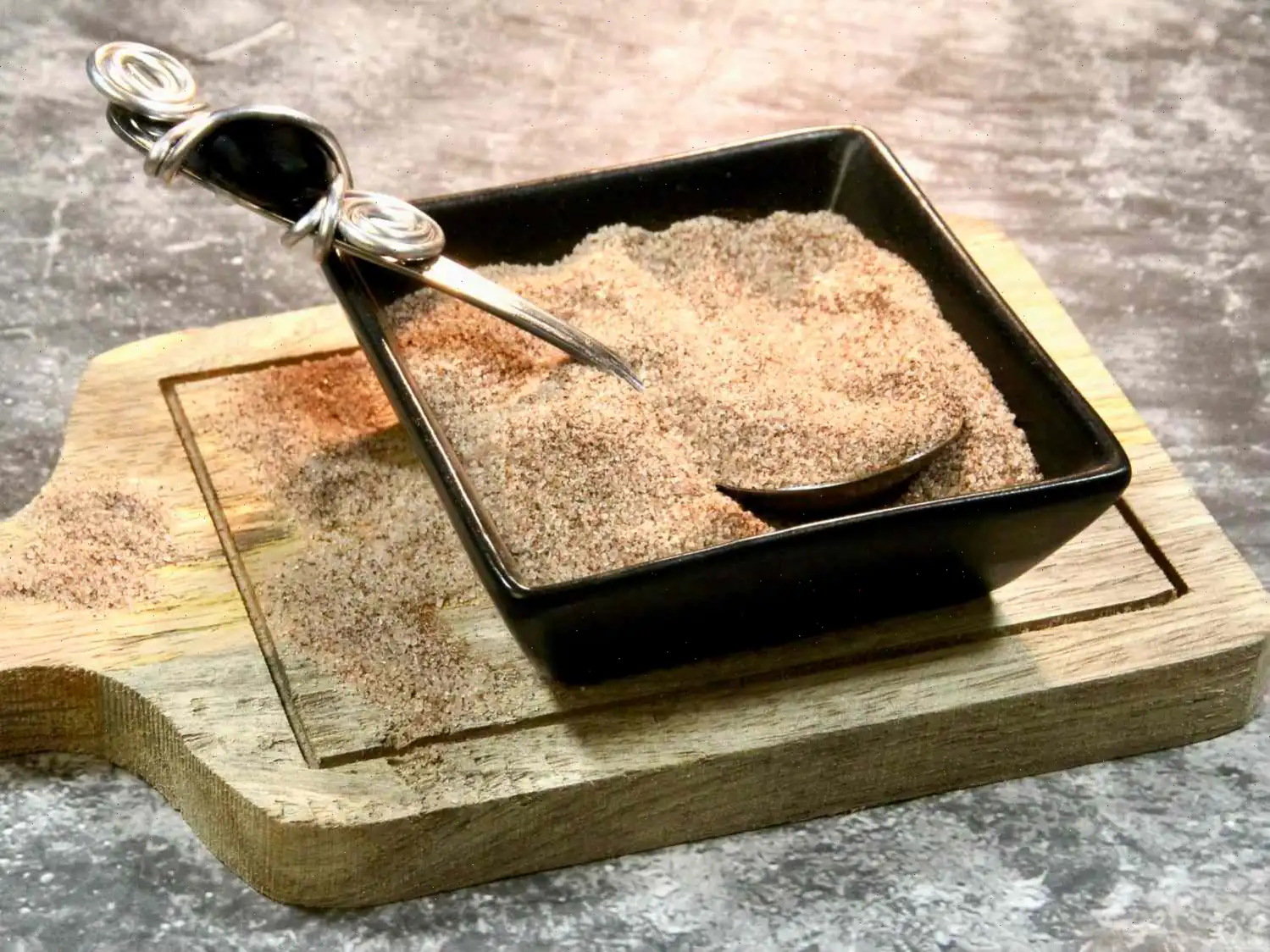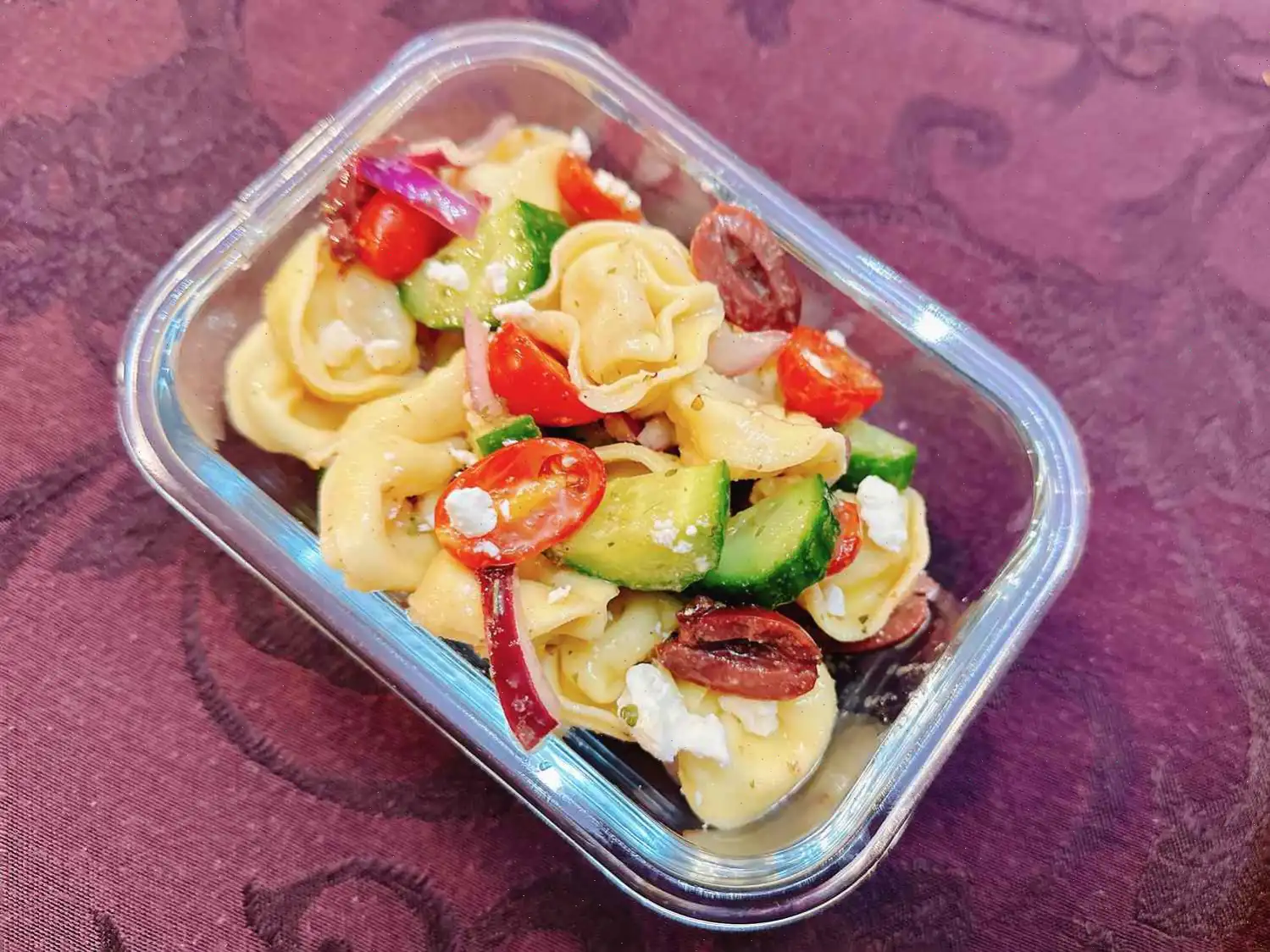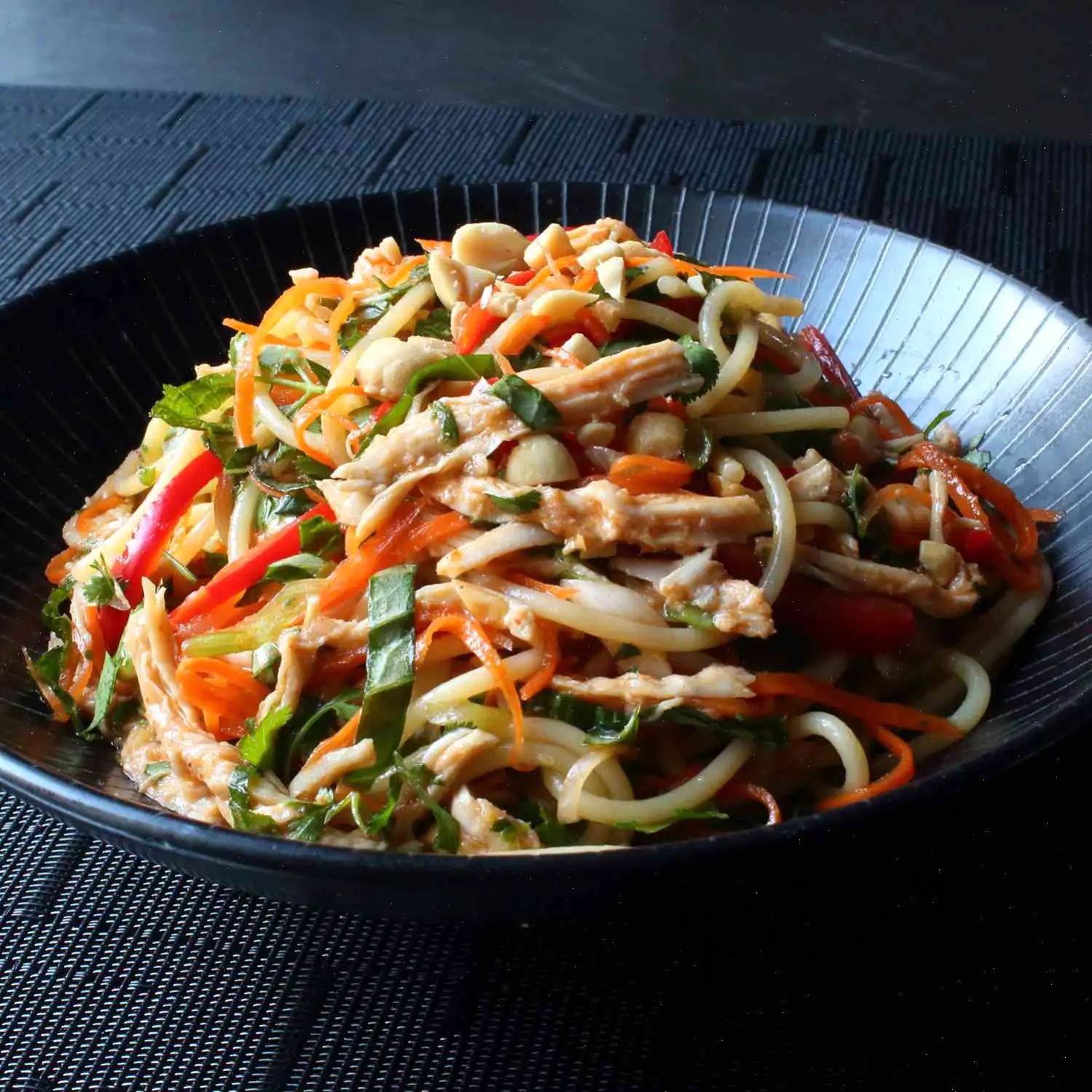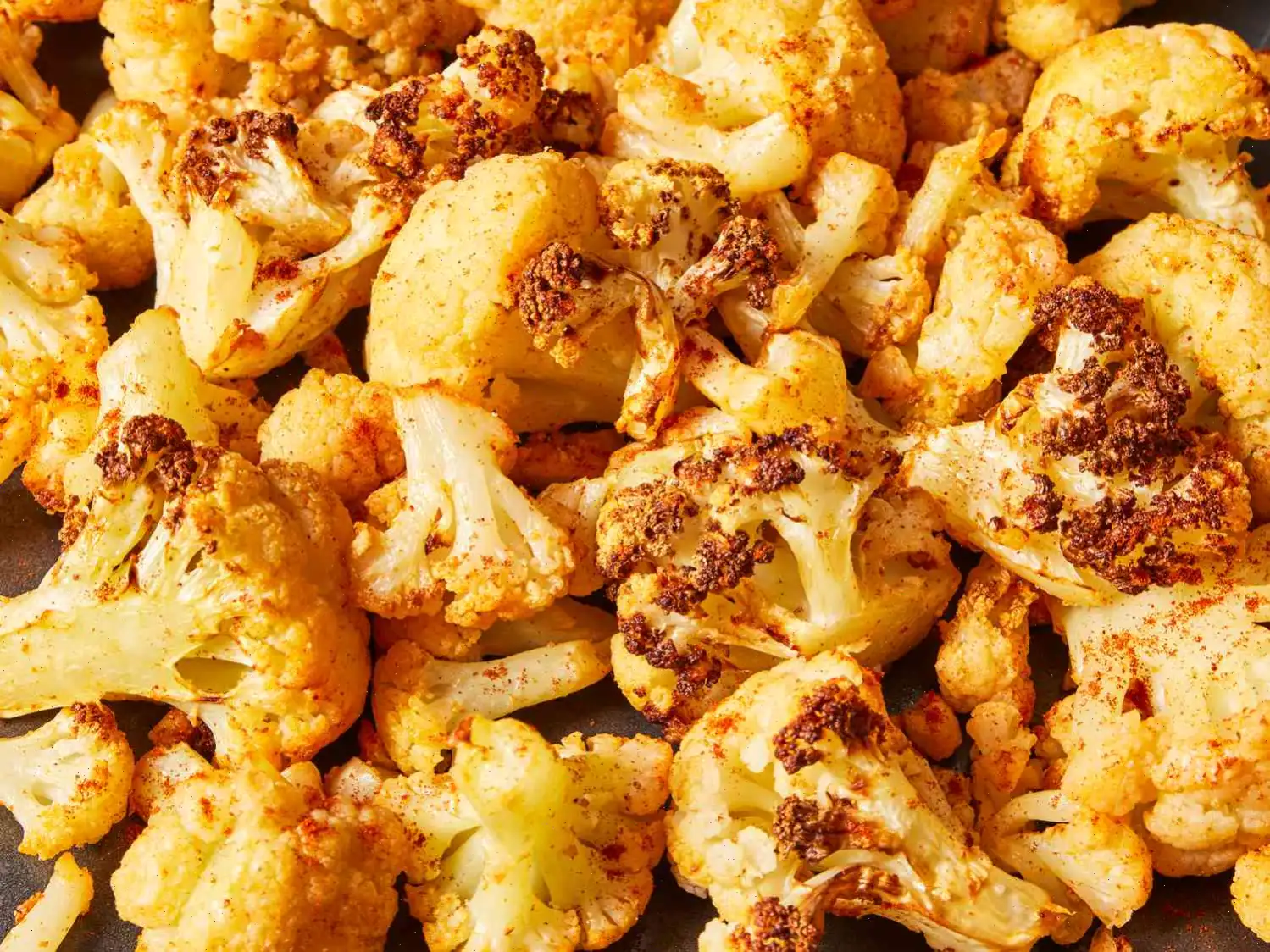
Homemade Souse Recipe
Ingredients
- 2 beef tongues
- 4 pig's ears
- 2 pig's feet
- 4 onions, chopped
- 2 tablespoons salt
- 1 teaspoon ground black pepper
- 15 whole black peppercorns
- 3 tablespoons dried sage
- 15 whole cloves
- 4 bay leaves
- 2 tablespoons pickling spice
- teaspoon garlic powder
- 3 cups distilled white vinegar
- 2 pimentos, julienned
- 6 pepperoncini peppers, chopped
- 4 tablespoons dill pickle relish
- 5 tablespoons unflavored gelatin
- 1 cup water
Directions
- Place the beef tongues, pig's ears, pig's feet, and chopped onions in a large stockpot. Add enough water to cover the ingredients.
- Season the mixture with salt, ground black pepper, whole peppercorns, sage, cloves, bay leaves, pickling spice, garlic powder, and distilled vinegar.
- Bring the contents to a boil and cook for about 2 hours until the meat is fully cooked and tender.
- Remove the meat from the pot and set it aside to cool. Strain the broth and measure out 8 cups into another pot. Place the broth back on the stove and let it simmer.
- Peel the skin off the pig's ears carefully, keeping the ear shape intact. Set the ears aside.
- Remove any gristle and fat from the pig's feet. Combine these with the trimmings from the pig's ears.
- Cut off a large portion of the tongue and set it aside. Trim any loose meat from the remaining tongue and combine it with the other trimmings. Run the trimmings through a coarse meat grinder and stir them into the simmering broth.
- Slice the tongues into thin strips. Arrange the strips lengthwise in two glass loaf pans (9x5x3 inches).
- Slice the pig's ears into thin strips and then cut those into -inch pieces. Scatter the ear pieces among the tongue strips in the loaf pans.
- Divide the julienned pimentos and chopped pepperoncini between the two molds. Sprinkle the dill pickle relish evenly over the mixture.
- Dissolve the unflavored gelatin in 1 cup of water and stir it into the simmering broth.
- Carefully ladle enough of the simmering broth into each loaf pan to completely cover the meat and vegetables. Use a fork to evenly distribute the broth.
- Let the pans sit for about 15 minutes, then pour in the remaining broth to cover the ingredients completely. Allow the mixture to cool at room temperature for 2 to 3 hours, or until it begins to gel.
- Once cooled, transfer the pans to the refrigerator and let them chill for 8 to 10 hours until fully set.
- When ready, run a thin knife around the edges of the loaf pans to loosen the souse. Remove any fat that has risen to the top during the chilling process.
Nutrition Facts (per serving)
- Calories: 599
- Total Fat: 41g (52% DV)
- Saturated Fat: 17g (85% DV)
- Cholesterol: 221mg (74% DV)
- Sodium: 1337mg (58% DV)
- Total Carbohydrate: 13g (5% DV)
- Dietary Fiber: 2g (5% DV)
- Total Sugars: 2g
- Protein: 42g (84% DV)
- Vitamin C: 16mg (17% DV)
- Calcium: 63mg (5% DV)
- Iron: 8mg (42% DV)
- Potassium: 782mg (17% DV)
Origin and History
Souse, also known as head cheese, is a traditional dish that has its roots in Europe, particularly in the regions of the United Kingdom and Central Europe. It dates back centuries and was originally a way to use every part of the pig, particularly the head, feet, and ears, which were often overlooked. These parts, rich in collagen, would be simmered to create a gelatinous, flavorful dish. Souse is believed to have evolved as a form of preservation; the vinegar and spices used in its preparation helped to extend the shelf life of the meat, making it a practical solution for farmers and households that needed to preserve food before refrigeration was common.
Regional Variations
Across different cultures, souse is made with variations that reflect local tastes and available ingredients. In the United States, especially in the southern states, it is typically made using pig's feet, ears, and tongue, flavored with vinegar, spices, and pickles. In other regions, such as parts of the Caribbean, souse is often made with chicken feet, and the broth may be spiced with hot peppers and citrus fruits for an added kick. Despite these variations, the common thread remains the use of offal and a tangy, pickled flavor profile.
What Sets Souse Apart
While head cheese is often compared to other jelly-like meat dishes, what sets souse apart is its distinctive flavor profile. The combination of vinegar, spices, and pickles gives it a tangy, zesty kick that is not found in other similar dishes. Unlike traditional head cheese, which is typically made from the meat and fat of the pig's head, souse incorporates a more diverse range of offal, including ears and feet, giving it a unique texture and taste. Additionally, the incorporation of ingredients like pepperoncini peppers and dill pickle relish in many recipes provides an extra layer of flavor that distinguishes souse from its more bland counterparts.
Where Souse is Traditionally Served
Souse is often served as a cold appetizer or side dish. It is popular at picnics, family gatherings, and barbecues, especially in the southern United States and parts of the Caribbean. In some cultures, souse is enjoyed as a snack or served on sandwiches, typically with rye bread or crackers. It is also commonly paired with a tangy mustard or hot sauce to enhance the flavor. Due to its rich, savory profile, it is sometimes enjoyed as a savory breakfast dish, particularly in rural communities where the tradition of using all parts of the animal is still strong.
Interesting Facts About Souse
- Souse is often considered a "nose-to-tail" dish, as it makes use of parts of the animal that might otherwise go to waste.
- The word "souse" is derived from the Dutch word "zout," meaning "salt," reflecting the dish's salty, briny nature.
- In some regions, souse is made with additional ingredients like pickled vegetables, olives, and even hard-boiled eggs, which are sometimes incorporated into the dish before it sets.
- Souse has long been a popular dish in African American cuisine, particularly in the South, where it has been passed down through generations as a family recipe.
- In the Caribbean, souse is often made with chicken feet, and it is enjoyed with a side of fried plantains or breadfruit.
FAQ about Homemade Souse Recipe
Comments
Justin Johnson
12/21/2024 10:17:01 PM
I started with a traditional family recipe and incorporated some of the techniques mentioned here. My secret is to boil two pig heads at the same time to get the most out of them. The heads are boiled whole, except for being cut in half, and simmered for 8-10 hours on low heat to thoroughly clean the bones. I also use a separate pot for pig's feet, chicken or turkey feet, and sometimes a cow tongue, if available. To enhance the rich flavor, I add giblets like chicken livers, turkey hearts, or kidneys. A tip passed down from my grandmother is to let the pot sit at room temperature for an afternoon after boiling to let the flavors meld, as she used to say. Once you catch a whiff of that special aroma, known as "gergenstieple," you'll know it's ready to be processed. We enjoy it with a thin slice of organic Limberger cheese and brown mustard.
Jacob Nguyen
05/11/2023 10:37:33 PM
I absolutely adore it! 😊
Jack Rodriguez
02/21/2025 06:19:08 AM
My mother used to prepare this dish with a pork roast or butt, opting out of using feet or tongue. Along with the meat, she would incorporate olives with pimento, capers, pickles, and top it off with lemon slices. After refrigerating it, she would slice it and serve it on rye bread.
Jack Williams
02/20/2025 02:39:29 AM
Tastes delicious despite the unappealing sound.


